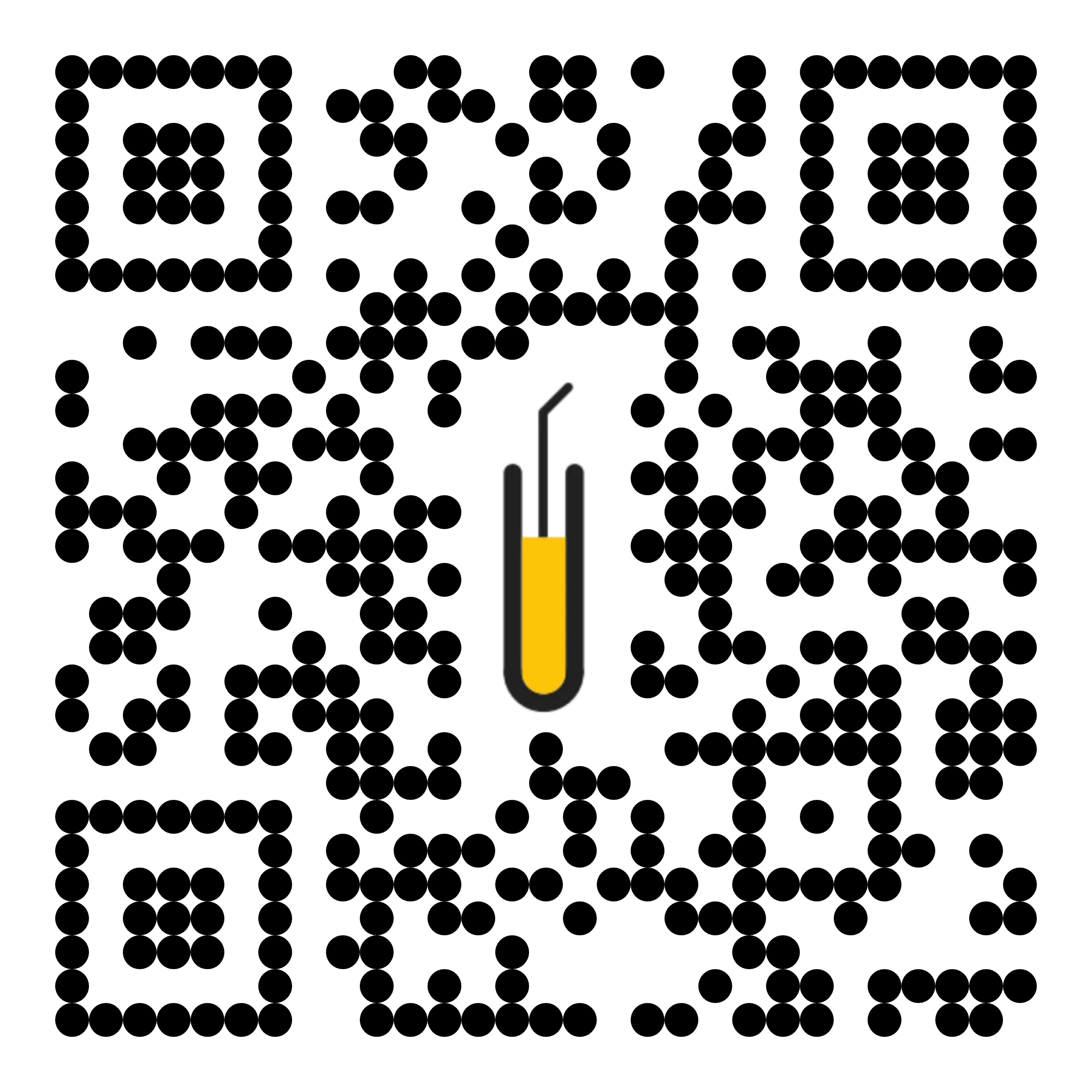Case scenario

A regular patient enters the pharmacy early one morning. You recognise her, but something is different. Her face is pale and drawn, her expression distracted and troubled. You notice a slight tremor in her hand as she reaches for a tube of heparinoid cream. When she sees you approaching, she withdraws into a corner and avoids eye contact.
Choosing to keep a respectful distance, you observe discreetly as she moves through the pharmacy, collecting paracetamol and bandages. Her behaviour raises concern. This does not appear to be a typical encounter, and you begin to wonder whether something more serious might be going on.
Learning objectivesAfter reading this article, pharmacists should be able to:
|
THIS IS A CPD ARTICLE. YOU NEED TO BE A PSA MEMBER AND LOGGED IN TO READ MORE.
















